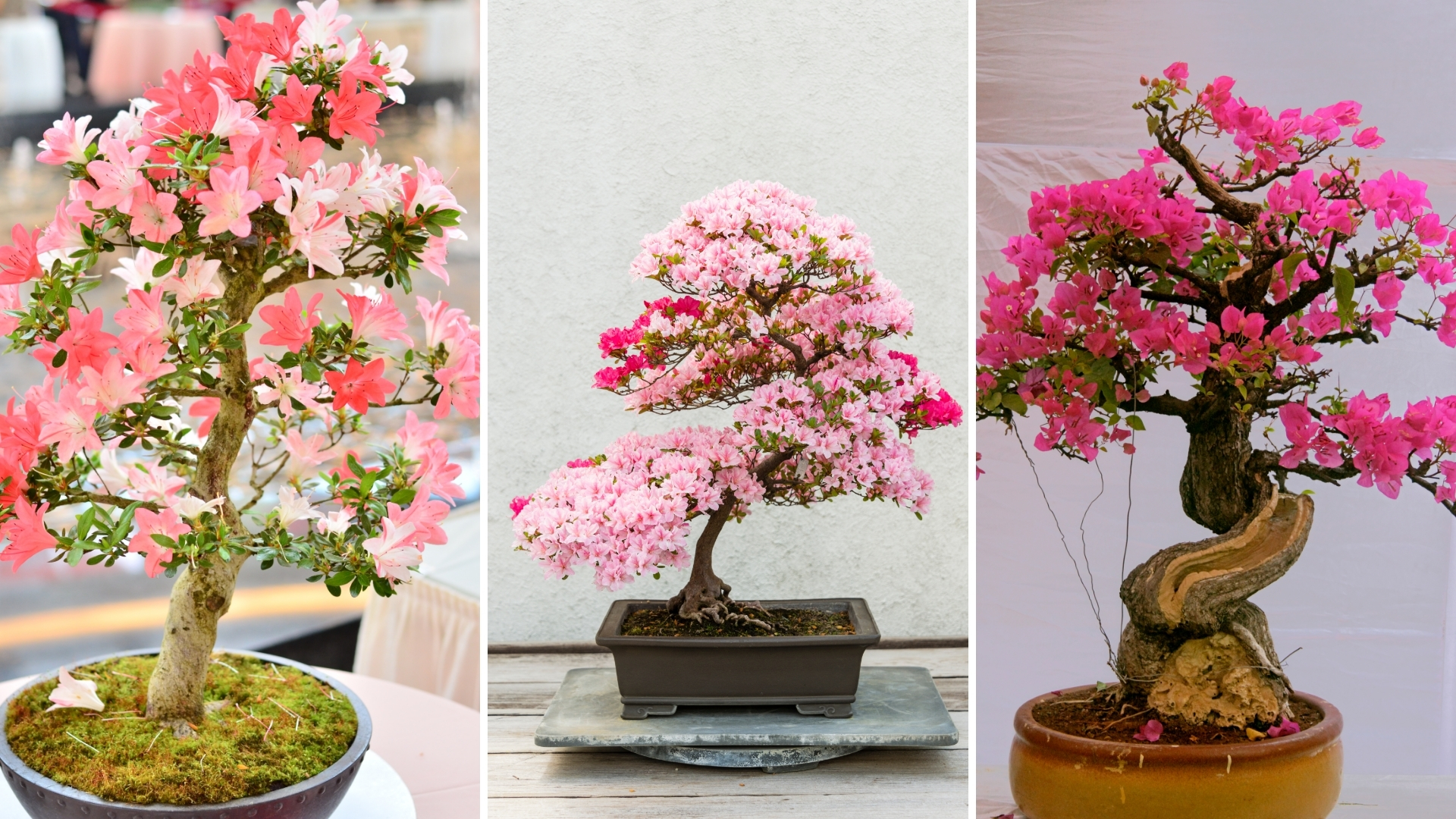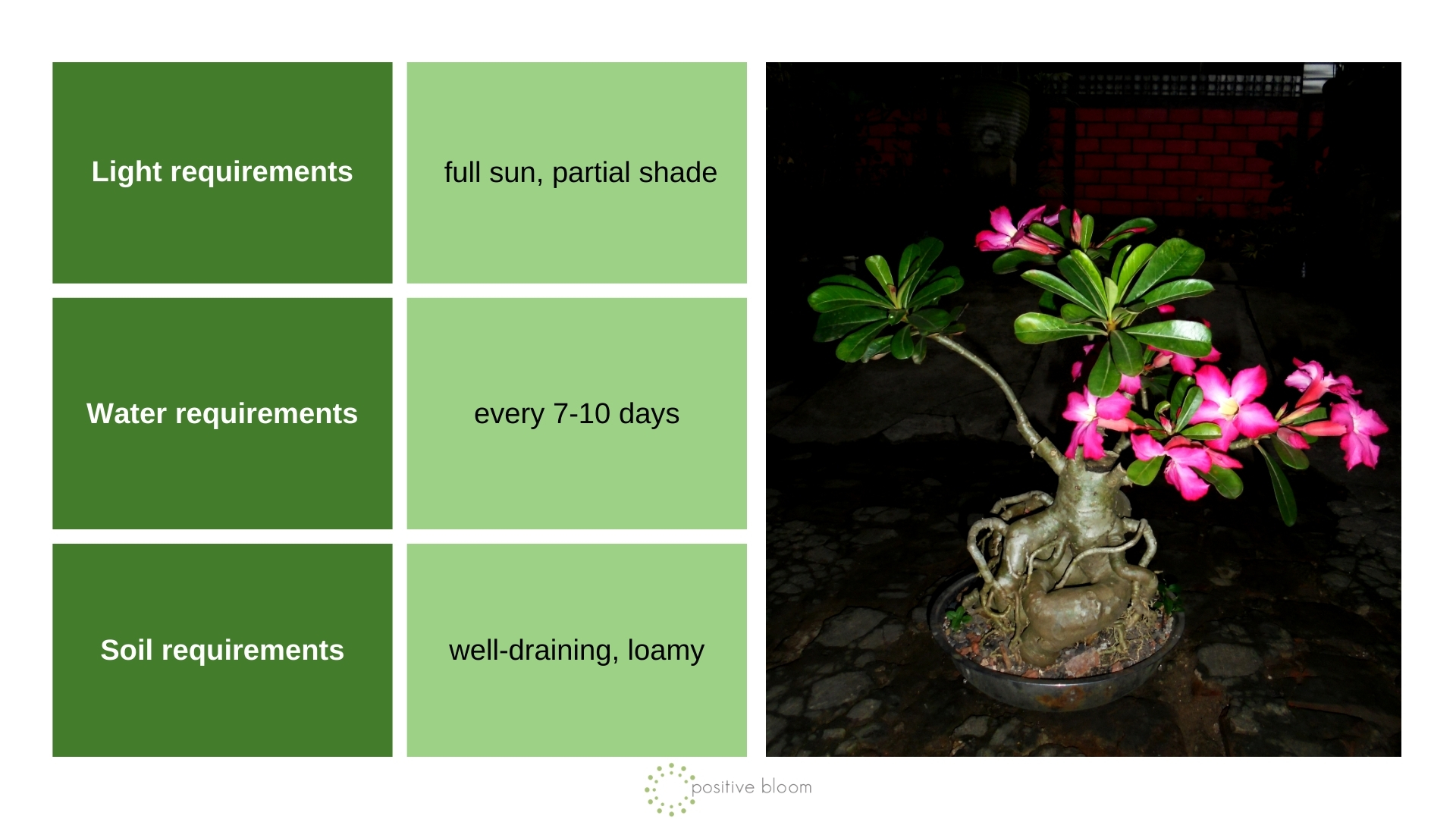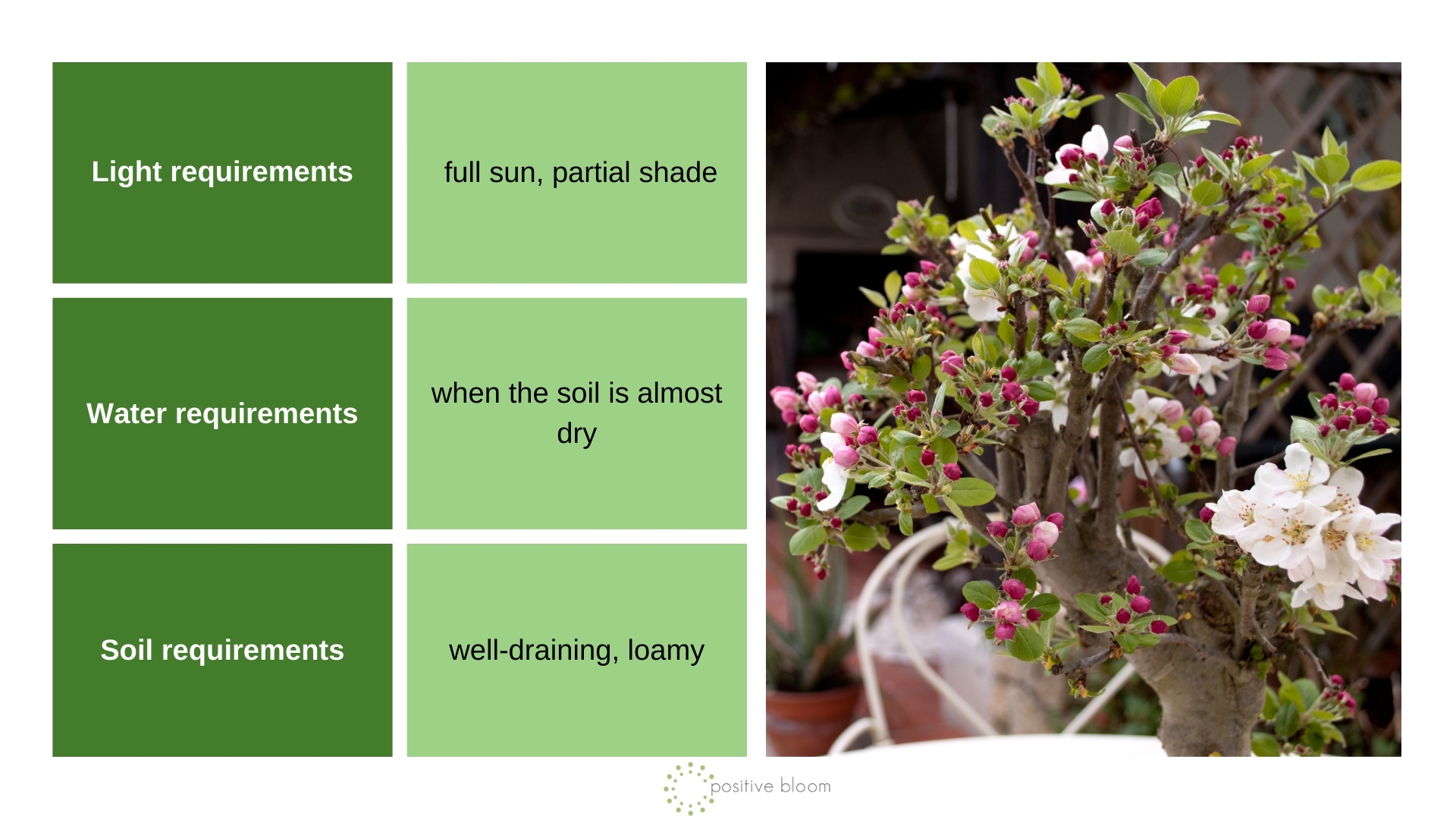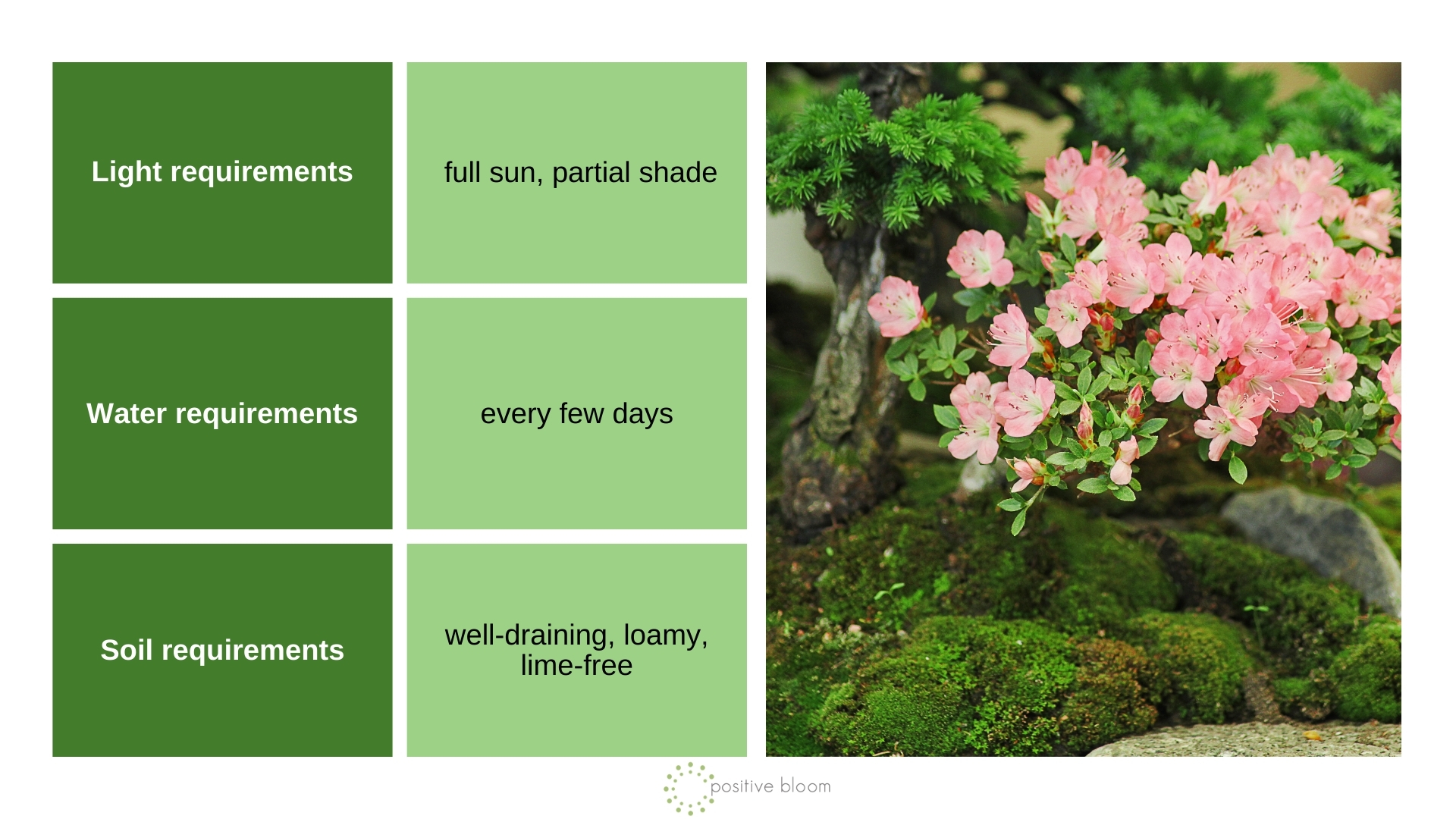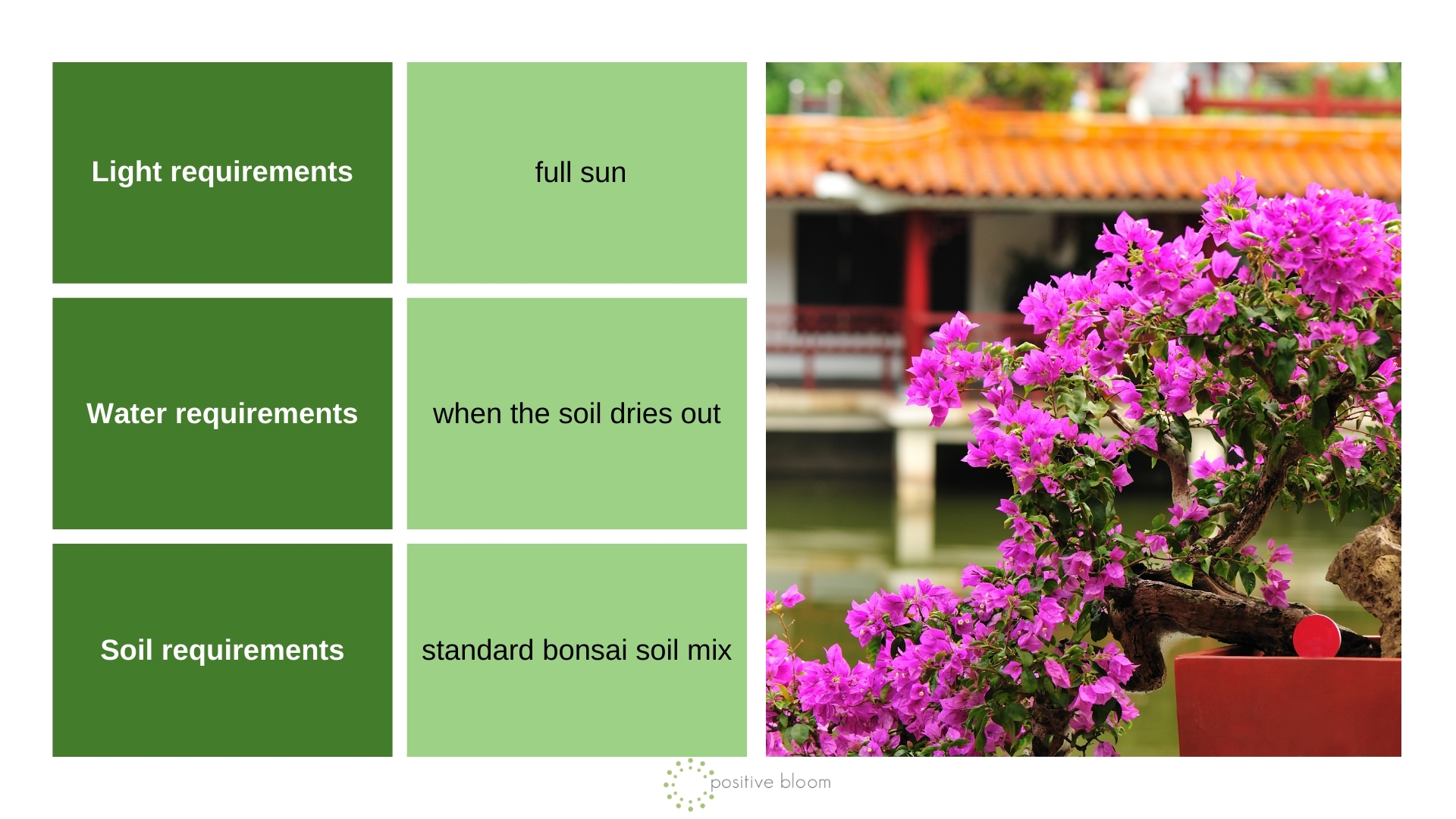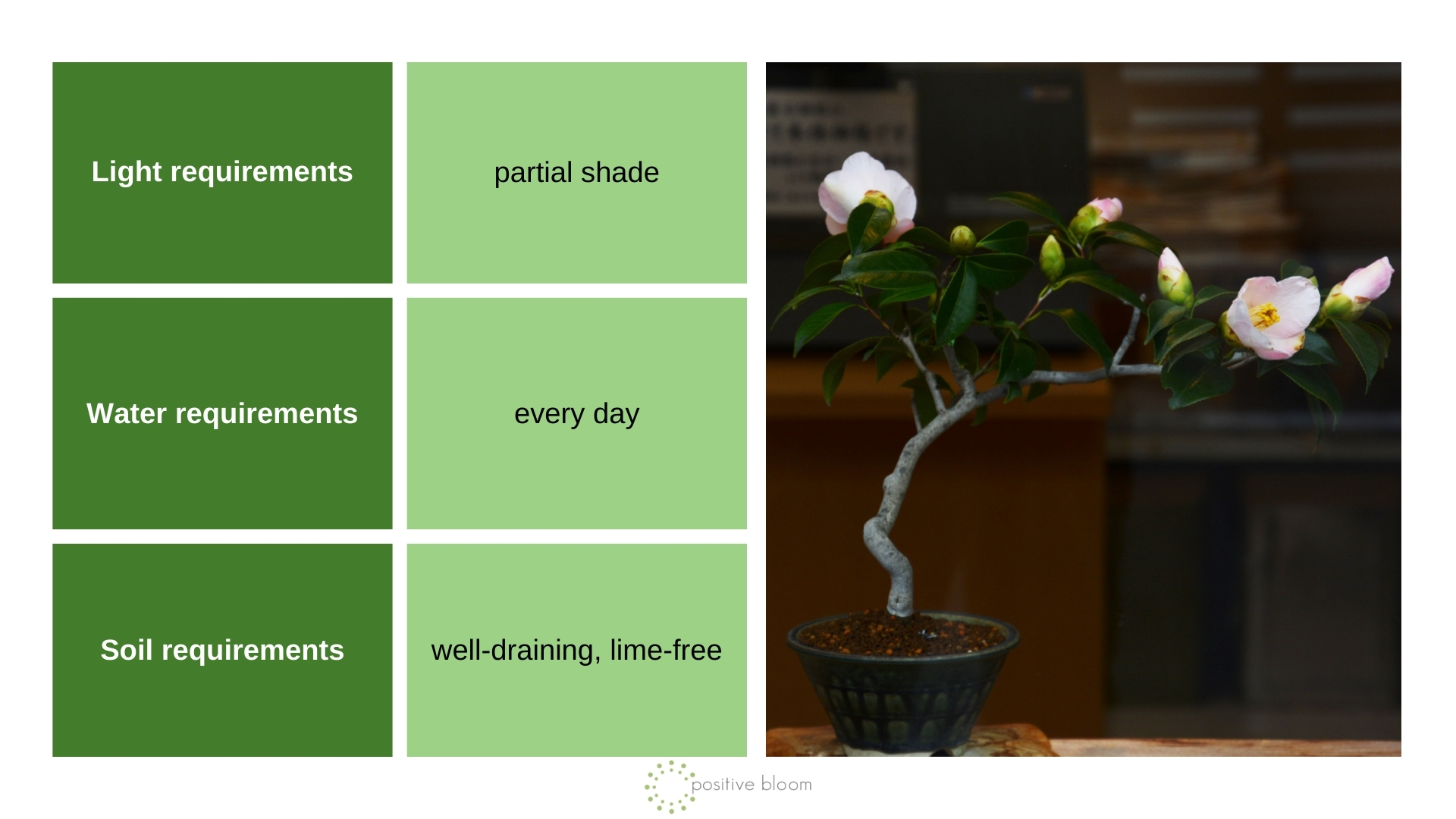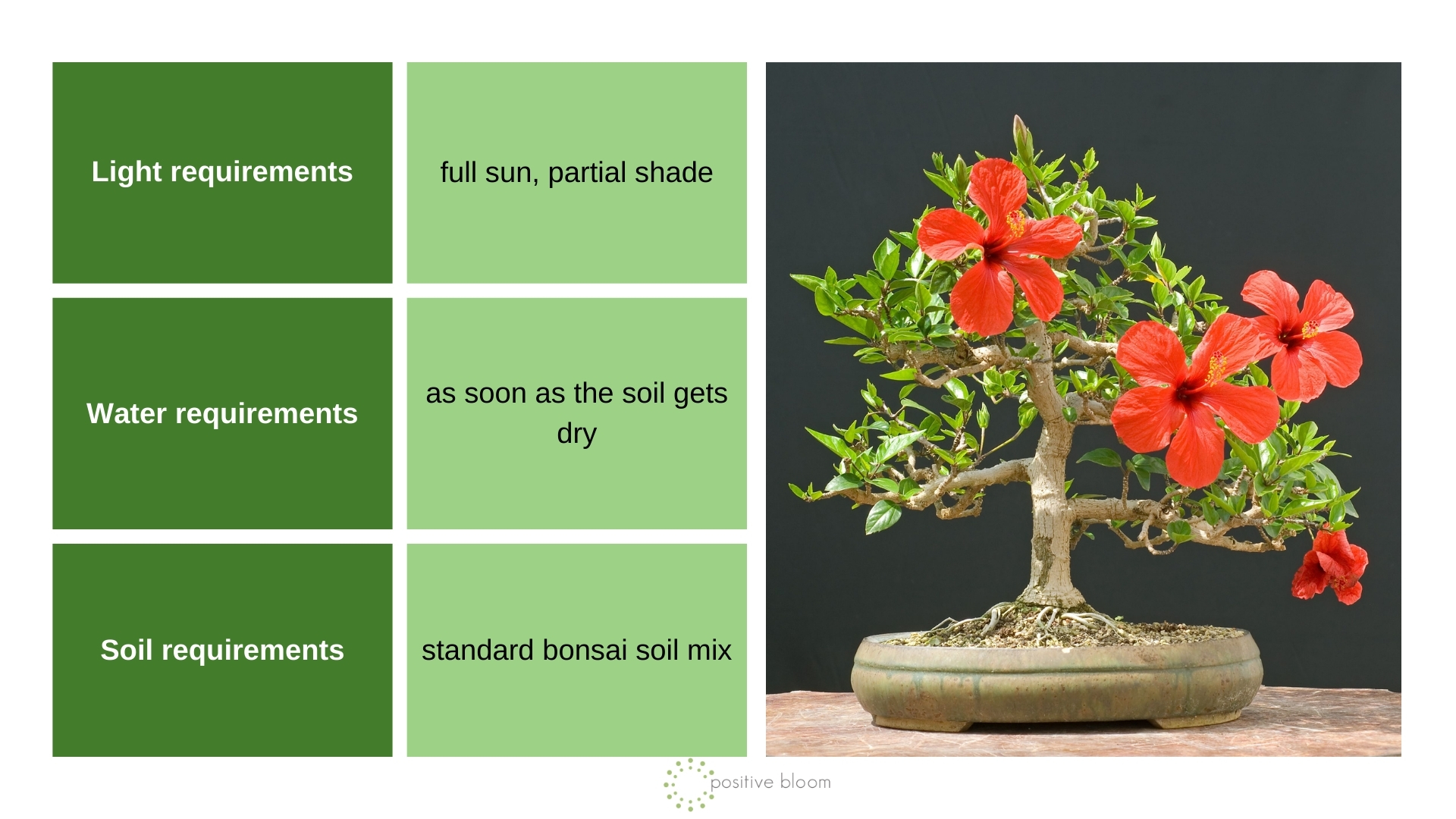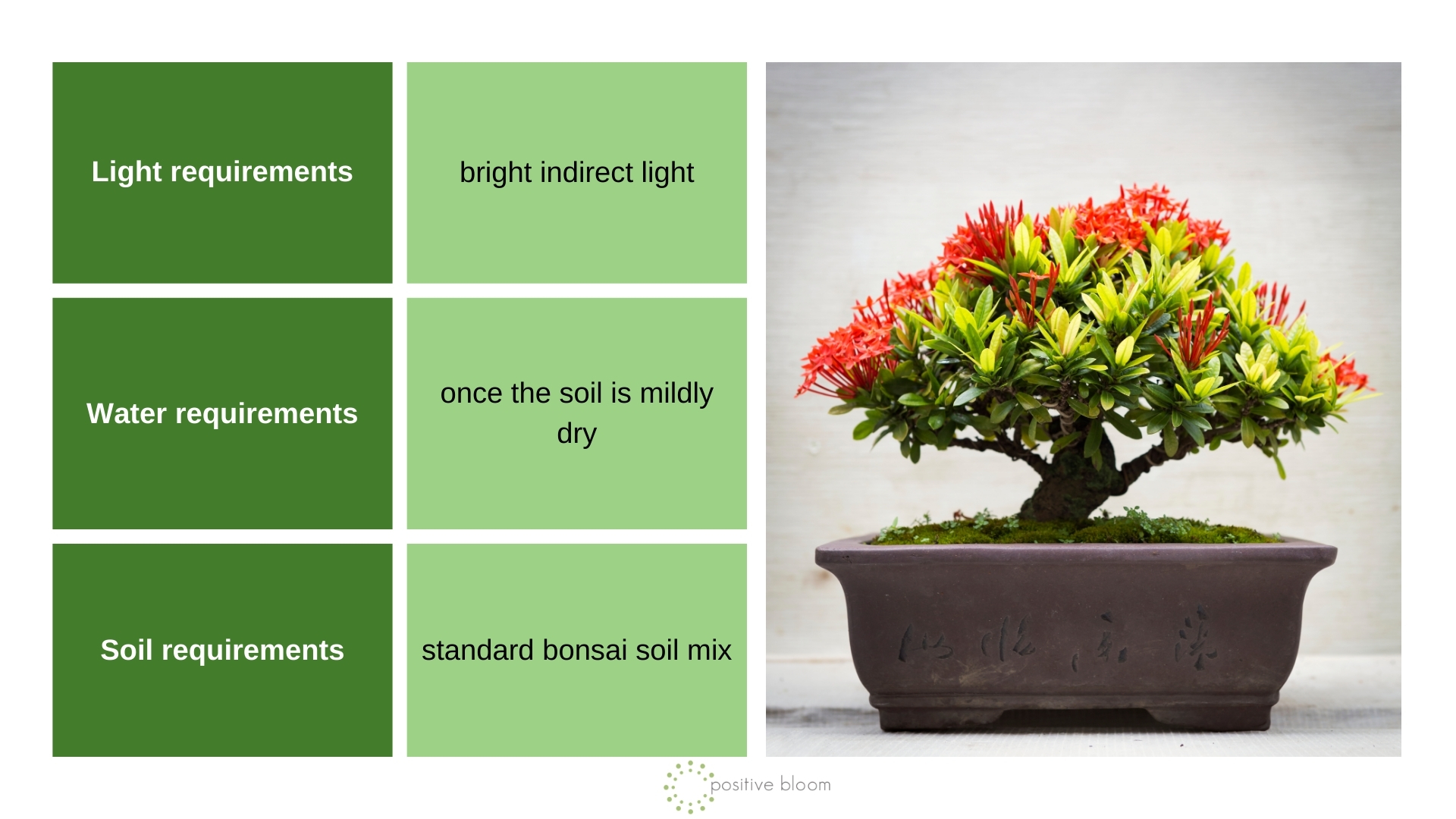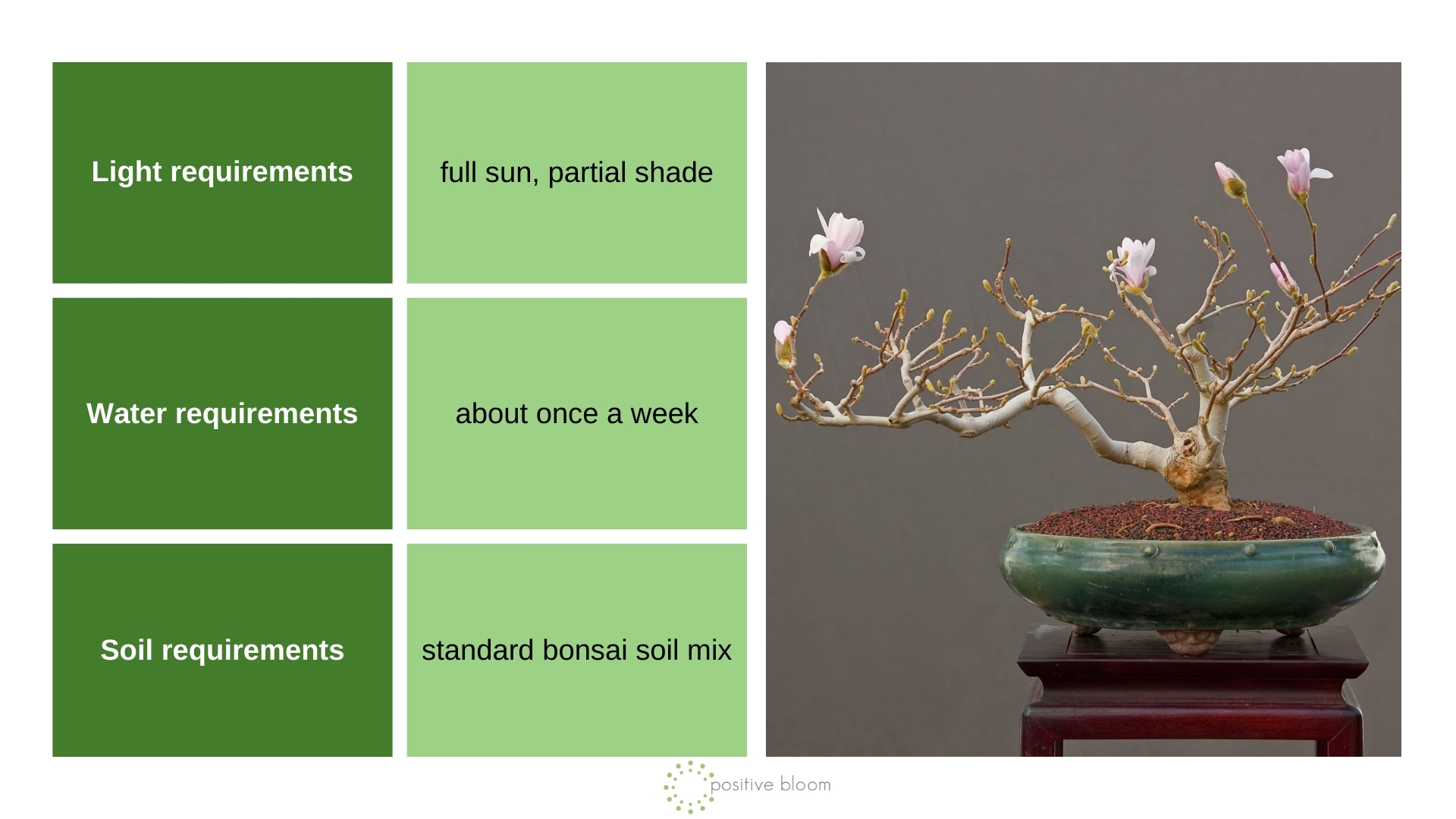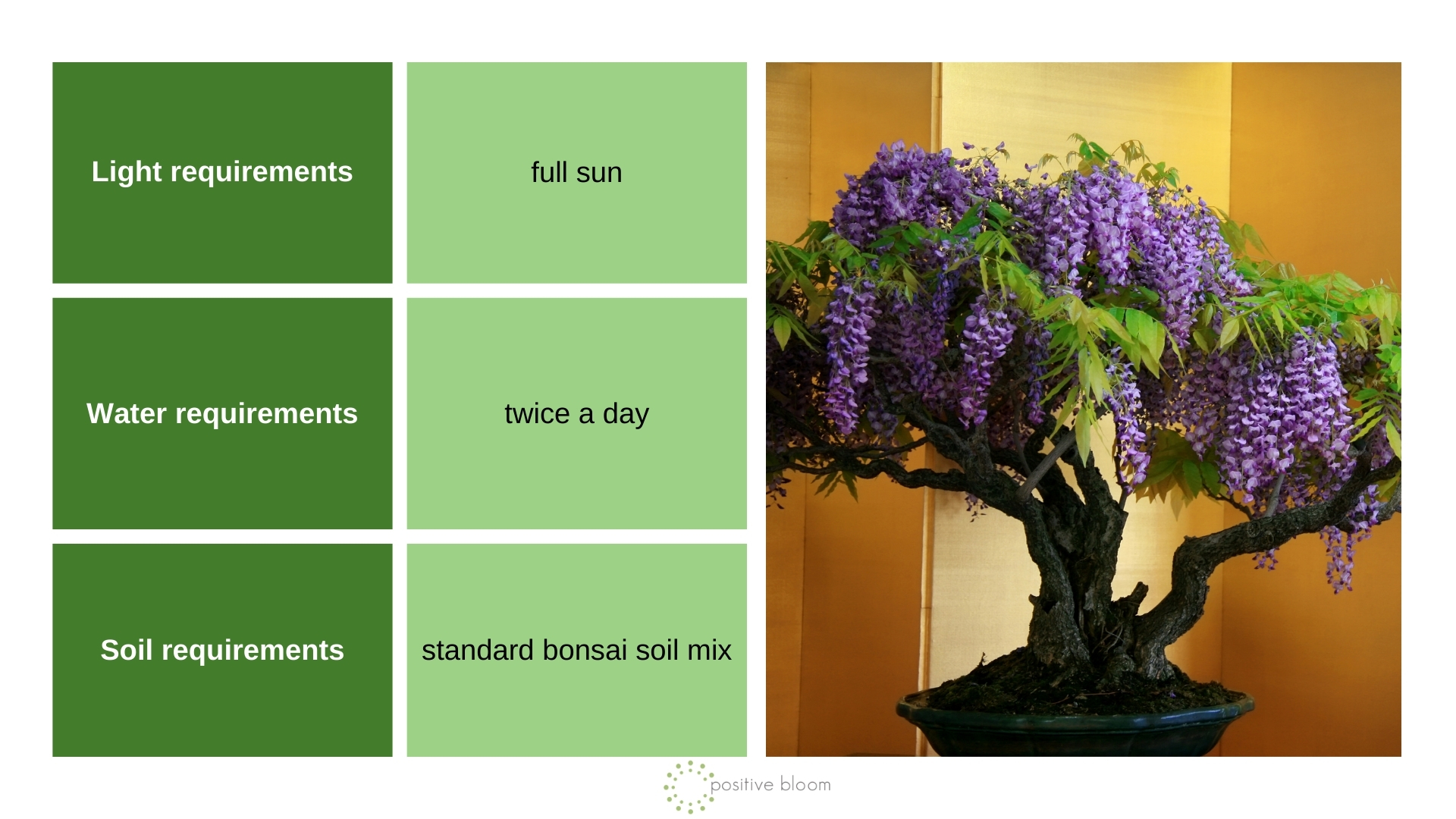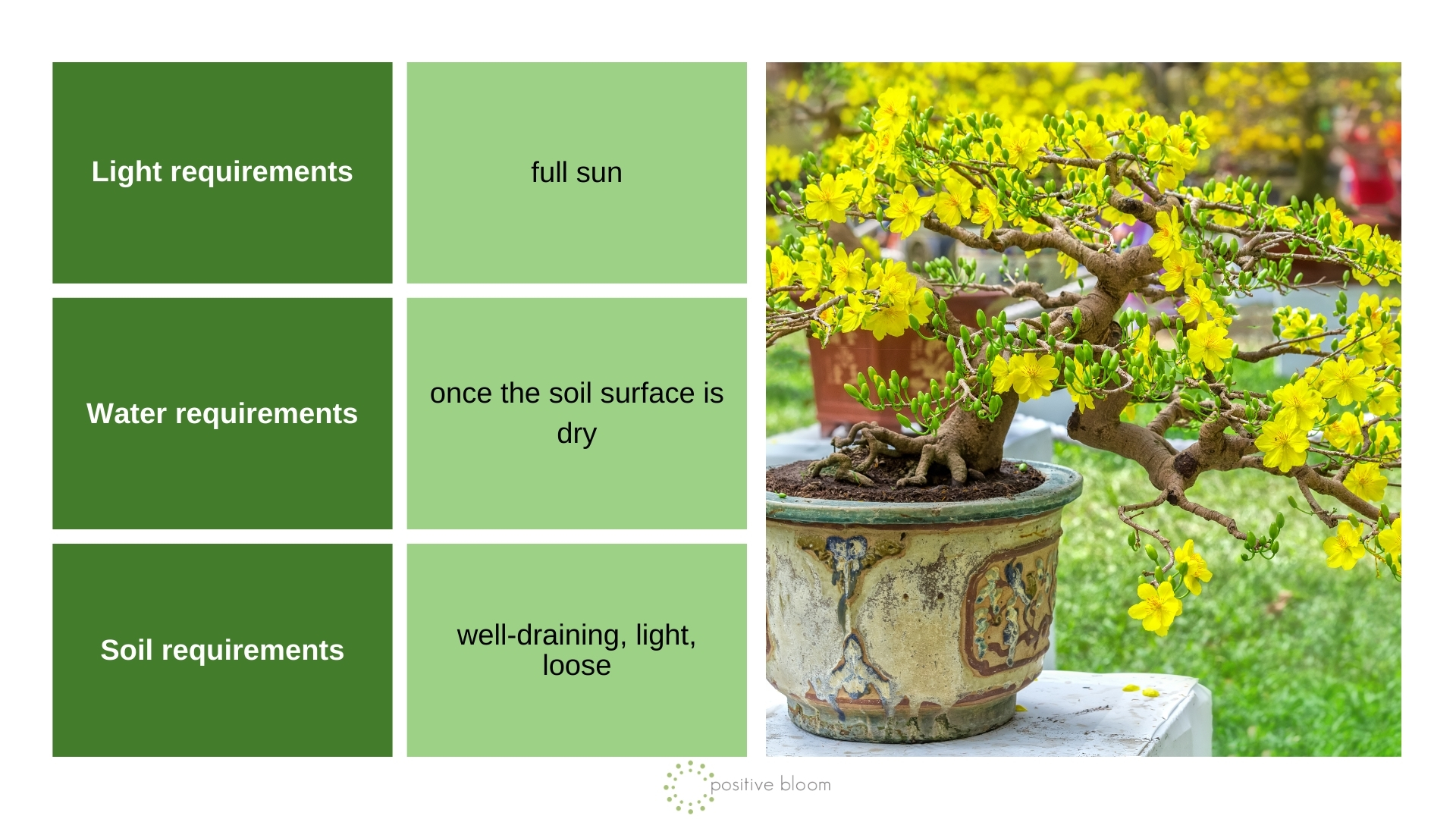Bonsais have always fascinated me! How do such tall trees become so small!? I thought that it must be some really hard work that’s keeping them that way.
Boy was I wrong! Of course, you do have to care for your bonsai trees a bit more than for your regular plants. But it’s nothing excessive!
All you have to do is make sure to prune them the right way and give them what they need.
Virtually any tree or shrub can become a bonsai. You just have to open yourself up to the possibility! Here are my favorite flowering bonsai trees you can add to your home decor.
Let’s get started!
#1 Adenium Bonsai
Adeniums, or desert roses, are popular houseplants. But did you know that you can turn them into bonsai? It’s not the most popular choice, but you can make it work.
Desert roses adapt to small pots with no issues. They will drop their foliage in colder climates, but will flourish all year long in tropical regions.
When pruning this bonsai, know that you can do it year round. The adenium will flower on new growth, so trim wisely. Remove long shoots and damaged parts right above the nodes.
Finally, don’t wire the branches too tightly. They are thick and the wires will leave marks and indentations on them.
#2 Apple Tree Bonsai
Yes, you can grow your fruit trees as bonsais! Apples are one of the most common ones and they’re not that difficult to grow. Plus, they will bear real fruit once they’re ready!
Apple tree bonsais are perfect for those who live in colder climates because they need chilling hours in order to thrive and produce fruit.
When it comes to pruning, you have to know how and when to prune apple trees. It is best if you do it in winter, when the tree is dormant.
The key is not to prune heavily if you don’t want leafy growth at the expense of flowers and fruits!
#3 Azalea Bonsai
Azaleas are some of the most common flowering bonsais out there. They come in a wide range of colors, ensuring there is something for everyone.
The good news is that they are not that difficult to grow this way. You do have to prune its top and the roots to keep them balanced.
Trim the branches as soon as your azalea finishes blooming (but no later than July or you won’t see much flowering the following season). When it comes to the roots, prune 1/3 every other year between March and May.
And bear in mind that azaleas are very fragile, so be careful when wiring it!
P.S. Follow these steps to get even more azalea blossoms on your bonsai.
#4 Bougainvillea Bonsai
Bougainvilleas are gorgeous, whether you allow them to envelop your entire house or train them as bonsai.
If you opt for the latter, make sure to prune the shoots after flowering, leaving two leaves on each. Then, trim the branches in fall or winter, especially if you want it to flower abundantly. Heavy summer pruning will hinder this.
Finally, wire young shoots and branches. Old ones are too delicate and will break under pressure.
#5 Camellia Bonsai
Camellias make for amazing bonsai trees. They are perfect for shaded parts of your home and garden because they cannot stand harsh direct sunlight all day long.
Pruning camellias isn’t that difficult, but it’s a little different when it comes to the bonsai technique. You can remove unwanted and damaged branches any time of the year, but heavy pruning is best left for spring.
Wire your camellia bonsai in winter. Its branches are soft and will have wiring marks for a long time. You can reduce this by wrapping the wire with kitchen paper or tape before tightening your bonsai.
#6 Hibiscus Bonsai
When you look at the hibiscus care guide, you’ll see it isn’t that difficult to follow. And this goes for bonsai, too.
Prune young hibiscus bonsai vigorously to create the shape and structure you want. When the tree matures, shorten the stems to 1-2 leaves. Stop pruning in June if you want to enjoy hibiscus flowers because these shrubs bloom on old wood.
You can wire your hibiscus bonsai tree, but do it with great caution. Its twigs are fragile and will break if you’re not careful.
#7 Ixora Bonsai
The Ixora bonsai is an amazing plant to add to your collection.
Prune it regularly to keep it in shape. Make sure to trim 1-2 leaves below the flowers because this will promote blooming and branching. Do this once your bonsai finishes flowering. You can remove dead or damaged branches at any time of the year.
Most bonsai artists and experts don’t recommend wiring the Ixora bonsai because its stems are very fragile. Yet, if you want to do it, be extremely careful.
#8 Magnolia Bonsai
If you want to spruce up your landscape or indoor garden, try growing some of these best magnolia trees as bonsai.
Star magnolias look stunning, but they take years to grow. This can be a good thing because you won’t have to prune them that often.
Do the wiring and heavy pruning during winter dormancy when you can see the branches. After the flowering season, cut the branches until only two leaves remain on each.
Finally, remove the largest leaves in summer so that the inner parts of your bonsai can get some sunlight.
P.S. Check up on the wires from time to time because they can leave marks when the tree branches begin to grow. Guy wires work great here!
#9 Wisteria Bonsai
Growing a wisteria and keeping it under control has always been a battle. But not if you turn it into a bonsai tree!
Sure, this tree will grow super fast, which is why you’ll have to irrigate it up to twice a day in summer.
The fast growth rate also means more pruning! Do the heavy trimming in early spring or right after your wisteria bonsai finishes blooming. Once the leaves fall off, prune and wire the twigs.
You can remove some of the dense foliage in summer so that the light can penetrate into the center of the tree.
Make sure not to prune branches with buds on them or you won’t see many flowers the following season.
#10 Yellow Mai Bonsai
Yellow Mai is a common bonsai tree in southern Vietnam. But you can grow it in your own home and enjoy its gorgeous yellow canopy.
It is a bit difficult to care for but, with a little bit of practice, you can make it happen. Make sure to repot it every year and feed and water it often.
You should prune it as soon as it finishes flowering to control its shape and size. Remove crossing branches first and then move onto shaping. You can remove dead, diseased, and damaged shoots at any time of the year.
The yellow Mai bonsai is a slow-grower, but you still need to prune it if you want to keep it in shape.

